By Susanne von Rosenberg, UC Master Gardener of Napa County
Gardening myths can come from many sources. A fair number arise when information applicable to agriculture is misapplied to home gardens. Others are based on what seems like a logical extension of science.
Let's take the myth of disinfecting or sealing pruning cuts. You can still easily find wound-sealing compound in garden-supply centers and online. At first glance, it seems like a really good idea to disinfect or cover an open pruning wound. After all, we know that disinfecting and covering our own wounds to keep out germs and dirt leads to better healing.
However, in the vast majority of cases, trees and other woody perennials heal better if the wound is left untreated. They form a natural callus that repels pathogens. Disinfecting the cut damages the tissue further, and studies show it leads to greater loss of tissue than not disinfecting. Sealing the cut seals in moisture and pathogens and prevents the callus from forming.
Another logical-sounding myth is that mulching with wood chips from tree trimmings could spread disease because the chipped trees may have been diseased. A related myth is that the chips might inhibit plant growth if they came from trees that exude allelopathic chemicals, compounds that inhibit other plants.
Wood chips should only be used around perennials. They are not suitable as mulch for annual plants or vegetable gardens. In my research I was only able identify one relatively common local tree, black walnut, that might present a problem when used as wood chip mulch.
Many trees contain allelopathic compounds, but in mulch, this is actually a benefit. The chemicals are unlikely to affect established plants, but they will reduce weed-seed germination and weed growth.
Wood chip mulches may create a nitrogen deficit where the mulch meets the soil, but that also helps reduce weed growth.
There is no evidence that pathogens in wood mulch can transmit disease to established plants if you keep the mulch three inches away from the trunk or base of the plant. Applying four to six inches of wood chip mulch to your garden is an inexpensive, sustainable practice. In highly disturbed or eroding soil areas, or when working to control perennial weeds, eight to twelve inches is recommended.
Another common gardening myth that sounds logical is that you should amend the soil in a planting hole. Some sources recommend adding 25 to 50 percent organic matter or other amendments. It makes sense that improving the soil and adding nutrients would improve the growth and survival of the plant.
Initially, this may be true. But by radically changing the soil in the planting hole compared to the native soil, you are effectively creating a “pot” in the ground. When the roots encounter the harder, finer native soil, they will circle back to the material in the planting hole. With access to only the water and nutrients in the planting hole, the roots won't be able to support the canopy. Also, the planting hole will act as a reservoir for rain, depriving roots of oxygen. In the dry season, irrigation water will leach out of the planting hole into the native soil and become unavailable to the roots. Finally, most of that organic matter will eventually decompose and your plant will sink.
Sometimes a gardening myth is only partly untrue. Advice may be valid for certain climates or soil types but not for other locations. That why it's important to make sure that recommendation are appropriate for our climate.
Before I became a Master Gardener I was fascinated by the idea of “sunken beds,” a gardening technique for conserving water in dry climates. The idea seemed applicable to my area but it wasn't. Sunken beds were developed for the arid southwest. By planting seedlings in an area excavated six inches or more below ground level, they are more protected against wind, and the surrounding soil provides some cooling. In addition, the beds can capture and retain water from monsoon rains.
But the Napa Valley rainfall pattern is different. Compared to the arid Southwest we get a lot of winter rain. Unless your soil has good percolation, your plants will drown in sunken beds, and your soil will be oxygen deprived.
Successful gardeners are always learning and thinking critically. When you hear or see gardening advice, make sure that it has a basis in science and is applicable to our climate.
Napa Library Talks: First Thursday of each month. Register to get Zoom link. http://ucanr.edu/wildlifehabitat2020
Got Garden Questions? Contact our Help Desk. The team is working remotely so please submit your questions through our diagnosis form, sending any photos to mastergardeners@countyofnapa.org or leave a detailed message at 707- 253-4143. A Master Gardener will get back to you by phone or email.
For more information visit http://napamg.ucanr.edu or find us on Facebook or Instagram, UC Master Gardeners of Napa County.
Attached Images:
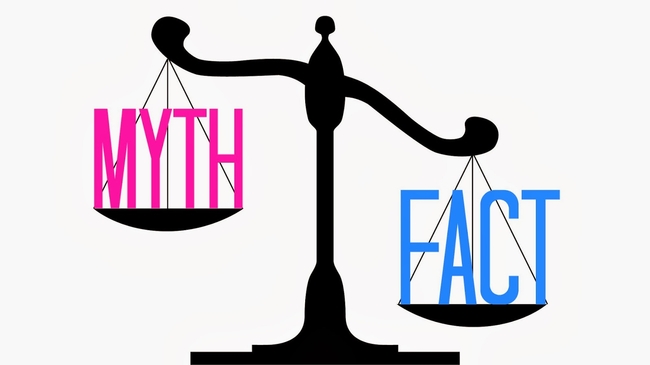
Myth vs Fact (astrohub.com)
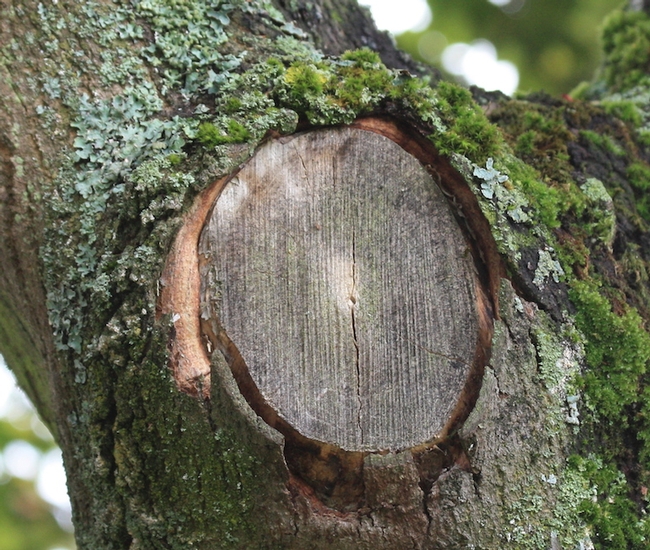
Tree pruning wounds. The fact is the collar of the branch has healing plant hormones--no added wound seal needed. (swindon-bonsai.co.uk)
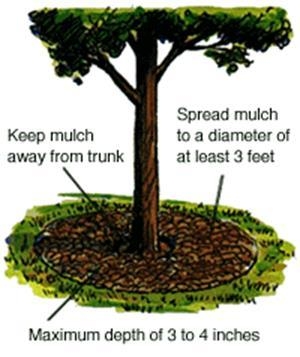
Use wood chips as mulch. And keep mulch away from trunk (forethillsconnection.com)
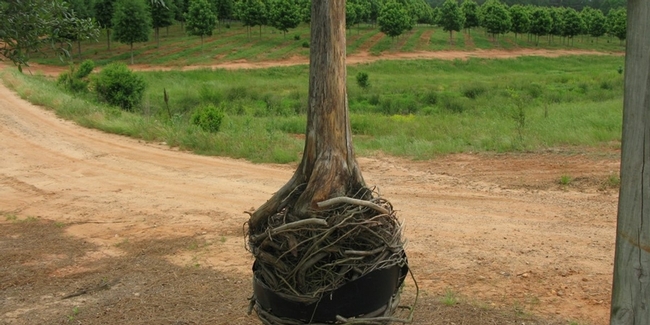
Adding too much organic matter to planting hole can result in root bound trees. (arborilogical.com)
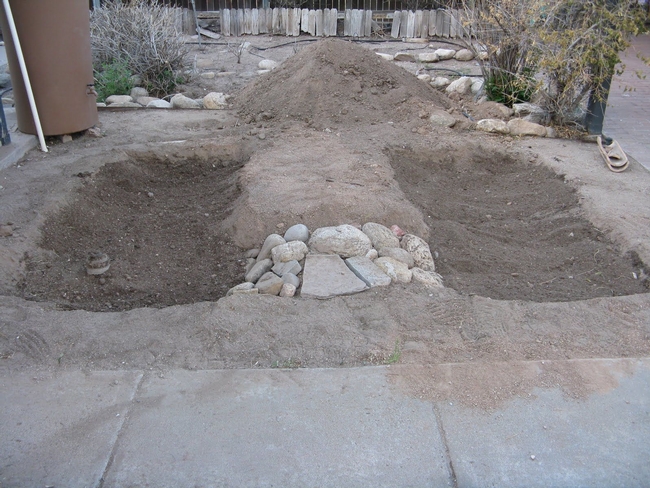
Sunken beds are for desert gardening, not Napa County gardening (pinterest.com)